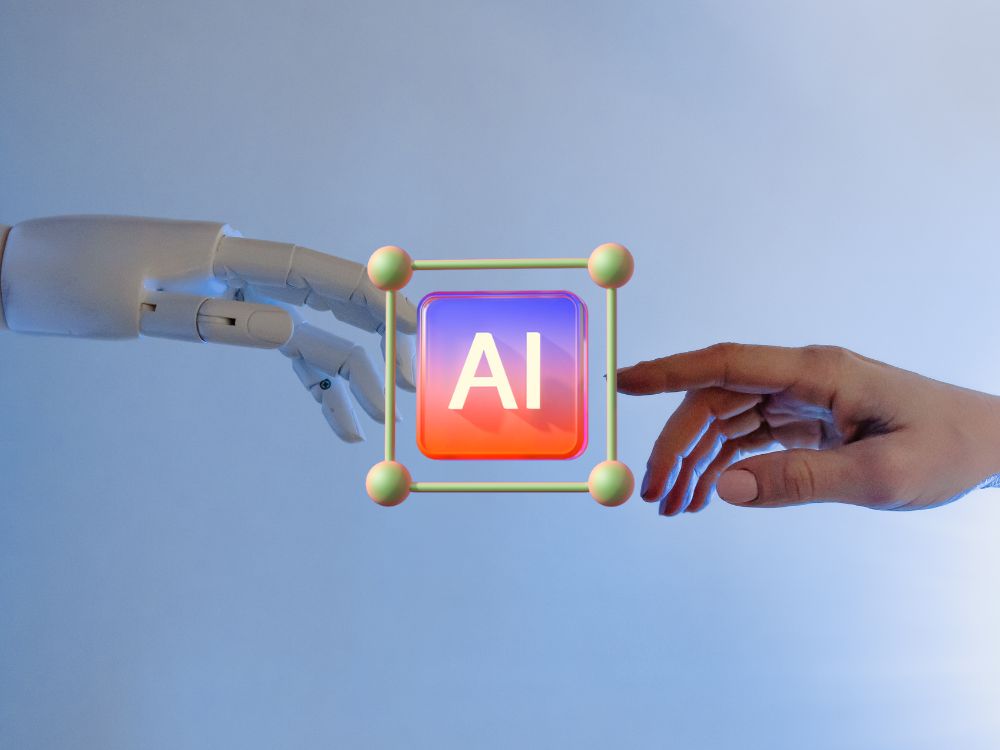Artificial Intelligence in Robotics
Introduction
Since it was integrated with robots, artificial intelligence (AI), a topic of interest for many years, has been given new directions for study and research.
Robotics and artificial intelligence have enabled machines to carry out tasks that were previously only possible for humans.
This article will examine the numerous ways artificial intelligence is used in robotics as well as the potential for the future.
Applications of AI in Robotics
Industrial Robotics
The field of industrial automation has seen some of the earliest and broadest adoption of AI in robotics.
AI algorithms enable industrial robots to carry out a range of duties, including material handling, inspection, and assembly line production.
These robots can adapt to shifting conditions on the manufacturing floor and make judgements in real-time thanks to AI technologies like computer vision and machine learning.
Service Robotics
Robots called “service robots” are made to carry out activities for people, such helping with housework or offering physical rehabilitation.
These robots can comprehend and respond to human requests and navigate challenging surroundings thanks to AI methods like natural language processing and machine learning.
Medical Robotics
Medical robots are made to help nurses and doctors perform healthcare services.
These robots are outfitted with AI systems that give them the ability to make judgements and complete tasks precisely.
Surgical robots, rehabilitation robots, and telemedicine robots are a few types of medical robots.
Military Robotics
Military robots are employed in a number of capacities, including combat, surveillance, and scouting.
These robots are outfitted with AI algorithms that give them a high degree of autonomy in their decision-making and mission execution.
Military robotics that use AI have the ability to make operations more effective while lowering the risk to human soldiers.
The Future of AI in Robotics
Increased Autonomy
The creation of increasingly autonomous robots is one of the key themes for robotics’ use of AI in the future.
Robots will be able to observe their environments and make judgements without the need for human involvement thanks to developments in machine learning and computer vision.
This greater autonomy has the potential to fundamentally alter many different businesses and have a significant impact on society as a whole.
Human-Robot Interaction
The study of human-robot interaction is another crucial area of development for the future of AI in robotics.
This will require the creation of robots that can communicate with humans and comprehend and react to their emotions.
This will have significant effects on industries like healthcare and education, where robots will be able to offer tailored services to each client.
Ethical Considerations
It will be crucial to think about the ethical implications of these technologies as AI and robotics develop further.
For instance, issues like robot responsibility for their acts, privacy protection, and the possibility of robots being used maliciously will need to be addressed.
For AI and robotics to be developed responsibly in the future, these challenges must be addressed.
Conclusion
There have already been a number of fascinating developments across a variety of industries as a result of the combination of robotics and artificial intelligence (AI).
We may anticipate the development of increasingly more advanced robots that are capable of carrying out jobs that were previously only performed by humans as AI continues to advance.
However, as these technologies develop, it will be critical to think about their ethical ramifications in order to make sure that they are applied for society as a whole.
Despite these difficulties, there is a bright future for AI in robotics, and in the years to come, there will no doubt be more fascinating advancements.










